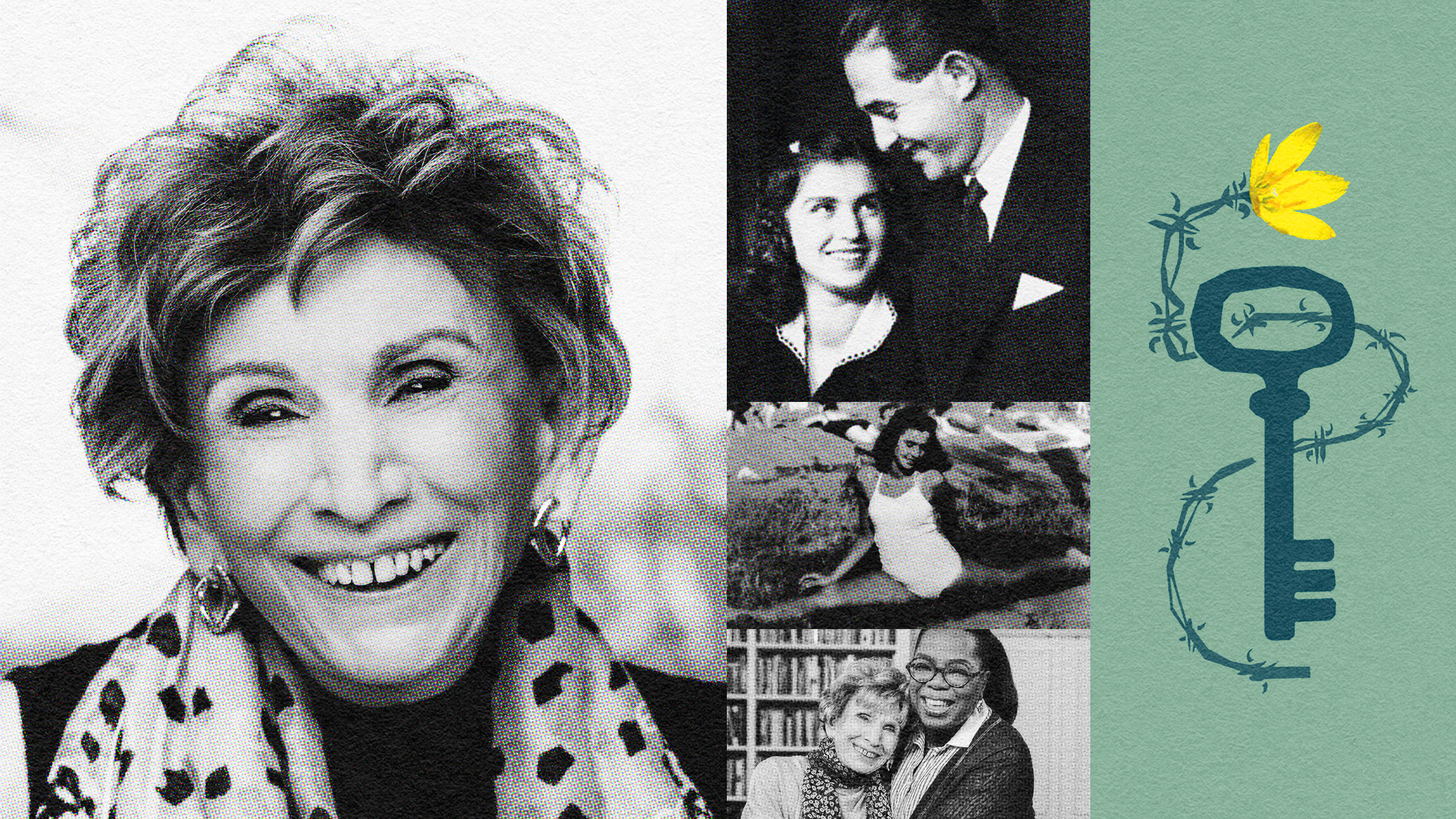Mindfulness Meditation: Pain is Real But Suffering From it is a State of Mind

Mindfulness has become such a buzzword, it can be easy to forget just how revolutionary it is. While mindfulness meditation dates back over 2,600 years, it’s only now that we have the technology and scientific process to confirm and explore its benefits.
A new study by Wake Forest Baptist Medical Center shows that 20 minutes of daily mindfulness practice can drastically reduce our perceptions of pain, one of the latest examples extolling its effects.
The study heated participants’ skin to about 120 degrees Fahrenheit, and compared groups of mindful practitioners: those doing a placebo meditation, those given a placebo jelly for the discomfort, and a control group.
The group doing the meditation reported 27 percent less intense physical pain than the control group, and 44 percent less emotional pain. The parts of the brain that were activated during the meditation were the sections that denote self-control, while it deactivated the region known as the thalamus, which basically told the pain signals they weren’t as important as they thought they were, causing them to quietly fade away.
Below, Dr. Mark Epstein reveals how mindfulness promotes a way of thinking that separates stimuli from your emotional reaction to them:
But what is mindfulness, and how can we practice it?
Mindfulness is centered around the idea that pain is unavoidable, but suffering is not. We can’t change the fact that we are burned, bruised, or just bummed, but we can change how we relate to that discomfort. While the press covering the study doesn’t go into what kind of mindfulness techniques were used, there are several different kinds of meditation that utilize this skill.
Mindfulness is centered around the idea that pain is unavoidable, but suffering is not.
One form of mindfulness meditation divides the practice in half — for the first portion, you concentrate on one specific anchor, like the breath. You watch each inhale and exhale, and the moments between. Generally the mind will start to wonder after a few breaths. That is one of the most important parts of the practice, because you have the opportunity to non-judgmentally note that you have wondered, and return back to the breath. Forgiving yourself and beginning again is huge!
The second part of the meditation opens your awareness from just your anchor to all of the other stimuli around you — sounds, physical contact with the chair or cushion, the lights flicking behind the eyelids, and of course thoughts themselves. In mindfulness meditation, you view your thoughts as just one more stimuli. They’re not personal and you don’t have to believe them. You can even label them “memory,” “fantasy,” “planning,” etc.
It’s not difficult to see how this practice can help us relate to physical and emotional pain, putting it into perspective. Once we realize that thoughts are not ourselves, and that we don’t have to identify with them, it gives us the freedom to have a more spacious awareness. And whether you’re being burned in the name of science or just trying to get through life, a more spacious awareness might just be what the doctor ordered.
PHOTO CREDIT: LAKRUWAN WANNIARACHCHI/AFP





